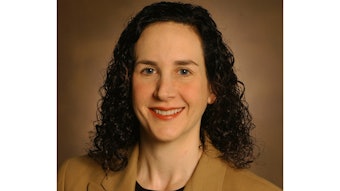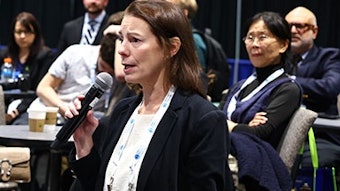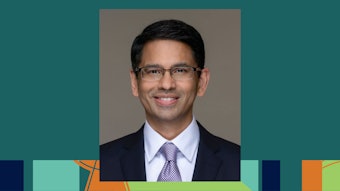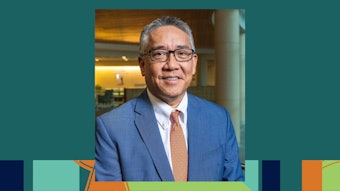Playing the long game
Telesurgery gains attention and momentum, but has miles to go.
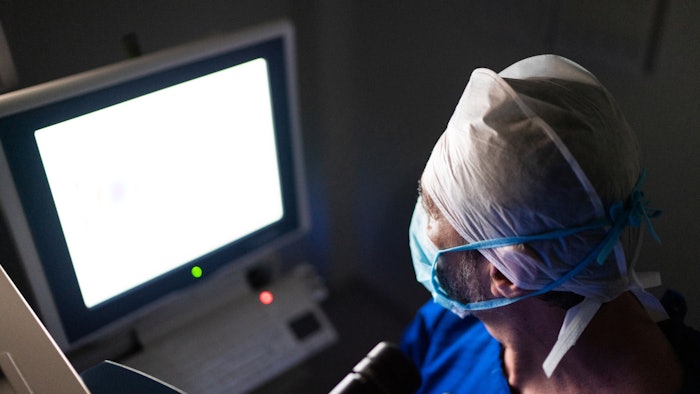
The term “hands-on” is giving new meaning to a growing field within urology: telesurgery. The unique combination of talent and robotic technology is a futuristic thought that has become a reality around the globe and is the focus of the John K. Lattimer Lecture: Telesurgery on April 26 at the 2025 AUA Annual Meeting on the Plenary stage. Vipul Patel, MD
Vipul Patel, MD
Vipul Patel, MD, professor of urology at the University of Central Florida College of Medicine in Orlando and medical director at the Global Robotics Institute, will deliver the lecture. He will draw on his own experience and insights about the future of the rising trend connecting patients and physicians from different geographic locations.
“Although most physician-patient interactions are still face-to-face, this remote technology demonstrates the distribution of medical care regardless of boundaries,” Dr. Patel said. “More recently, with the evolution of robotic and telecommunication technologies, telesurgery—the remote delivery of surgical care—is beginning to evolve.”
Dr. Patel reminds us that the first recorded telesurgery was over two decades ago. In 2001, from New York, French surgeon Jacques Marescaux, MD, FACS, performed the iconic feat known as “The Lindbergh Operation,” a remote gallbladder surgery on a patient in Strasbourg, France. Fast-forward to 2025, and Dr. Patel said affordable and reliable telesurgery in urology is a reality, thanks, in part, to broadly available fiber and WIFI/5G connectivity and the availability of newer and diverse robotic systems. It is a good thing it is, he said, as the science allows patients to receive optimal care despite racial, cultural, political, geographic and economic barriers. Significant inequity in access to quality health care remains challenging for many reasons, including geographical access to health care facilities and lack of trained surgeons to provide the care.
“Rural areas and less developed countries are bereft of access to quality surgical care, and access to the resources in metropolitan areas can be challenging, leading to higher rates of surgical complications and mortality,” Dr. Patel said.
According to Dr. Patel, the World Health Organization (WHO) estimates that 94% of low-income nations lack access to advanced surgical care. For example, he said that in sub-Saharan Africa, 97% of the population cannot access quality surgical care. Even in high-income nations, there is disparity within regions and communities, with up to 14% of the population lacking access.
As such, urology is leading the way, just as it did with the inception of robotics in the early 2000s, Dr. Patel said. The need to deliver remote surgical care in nations such as India, China and Japan has ignited the development of telesurgical networks. Japan and India, for example, are still in the early phases of telesurgery. Japan is currently testing the Hinotori robot in an animal model, while regulators in India recently approved using the SSI Mantra for telesurgery.
“It’s the first such approval by any nation that we know of, and they have begun human trials and are early in their experience,” he said. “My team has traveled extensively now to these regions to examine and explore their remote connectivity projects.”
Although promising, Dr. Patel said telesurgery has ethical and safety concerns. Telesurgery is not about connecting a robot to the Internet and operating remotely. It is a complex organizational process involving hospitals, telecom, robotic systems, surgeons, nurses and patients. There are other stakeholders as well, including regulatory agencies, licensing bodies, legal entities, cybersecurity and IT teams. As such, telesurgery has not yet achieved sign-off on reliability, safety, and ability to scale to needs.
“If used incorrectly without expertise or supervision, the negative consequences will be quite drastic. There are significant safety concerns in many aspects that need to be addressed and resolved,” he said. “The telesurgery collaborative community has been organized with key stakeholders to address these needs and concerns to make telesurgery a viable and safe option for patient care.”



